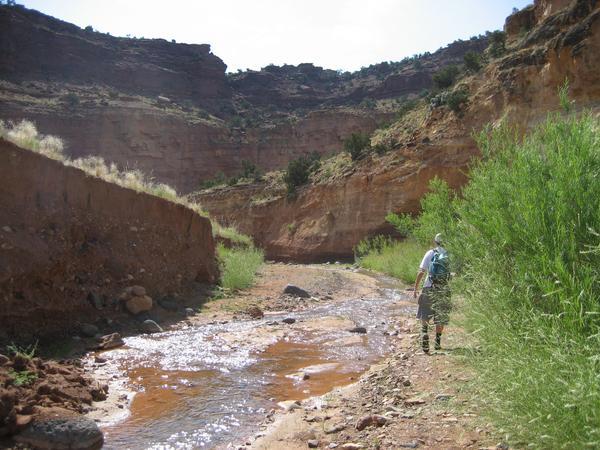Legislation proposed by Utah Senators Mike Lee and John Curtis threatens the tranquility of Capitol Reef National Park. The bills, introduced on October 5, 2023, aim to increase off-highway vehicle (OHV) access within the park, raising concerns among conservationists and park advocates.
In her final interview, renowned conservationist Jane Goodall expressed the importance of maintaining hope in the face of environmental challenges. She dedicated her life to conservation and found solace in nature. A recent visit to Capitol Reef highlighted the stark contrast between the serene wilderness and the encroaching threats from motorized vehicles.
The proposed changes to the park’s policies are seen as a significant step back for conservation efforts. The Bureau of Land Management (BLM) currently oversees a travel plan for the nearby Labyrinth Canyon, which encompasses over 300,000 acres of pristine wilderness. The existing plan allows for more than 800 miles of OHV routes, while only closing 317 miles to vehicles. Proponents argue this compromise strikes a balance between recreation and preservation, yet many in Utah’s political sphere are pushing to expand vehicle access further.
Critics, including Cory MacNulty from the National Parks Conservation Association, have labeled the proposed leasing of 48,000 acres for coal mining as “absurd.” This land is located near national parks, and the potential industrialization is alarming to many, particularly given the economic reliance of rural Utah on tourism. Visitors from around the world flock to these natural wonders, and the prospect of mining operations tarnishes their appeal.
The recent legislative actions have prompted renewed debates about the future of Capitol Reef. Senators Lee and Curtis argue that expanding OHV access is a necessity for disabled Americans. However, many park advocates contend that current access via moderately high-clearance vehicles suffices, negating the need for additional OHV routes.
Retired Capitol Reef superintendent Sue Fritzke emphasizes that introducing OHVs into sensitive areas could degrade the park’s natural resources and harm wildlife. Increased dust, noise, and human activity from off-roading can disrupt the delicate ecosystems that the park aims to protect.
While a majority of OHV users may respect park rules, the potential for off-road excursions raises concerns. Given the limited staffing in national parks, consistent monitoring is challenging. As visitors venture deeper into remote areas, the risks associated with OHVs escalate.
The push for expanded vehicle access is not new. Similar proposals faced significant opposition in 2021, demonstrating a persistent clash between conservation advocates and those favoring increased access for motorized vehicles. The current landscape of Capitol Reef, characterized by its peaceful canyons, stands at a crossroads.
As discussions unfold, the essence of Capitol Reef remains a call to preserve its tranquility. Advocates for conservation continue to rally against these legislative changes. The words of Jane Goodall resonate: “Without hope, we fall into apathy and do nothing.” The fight to protect national parks must continue as the stakes grow higher for both the land and its visitors.






